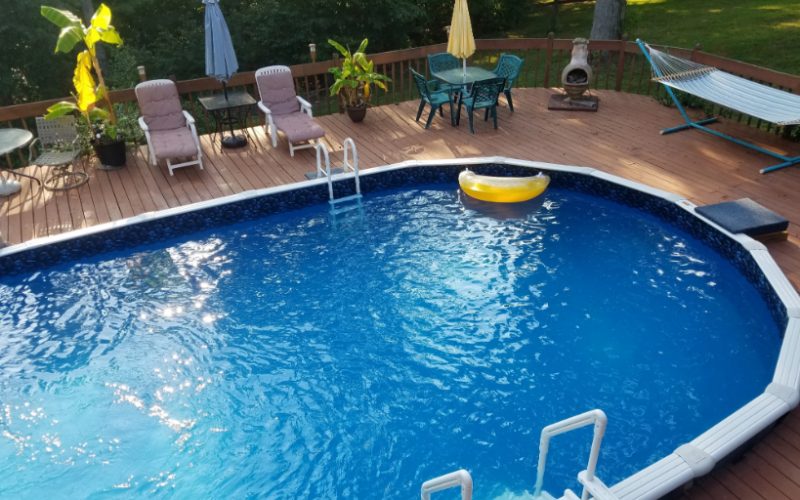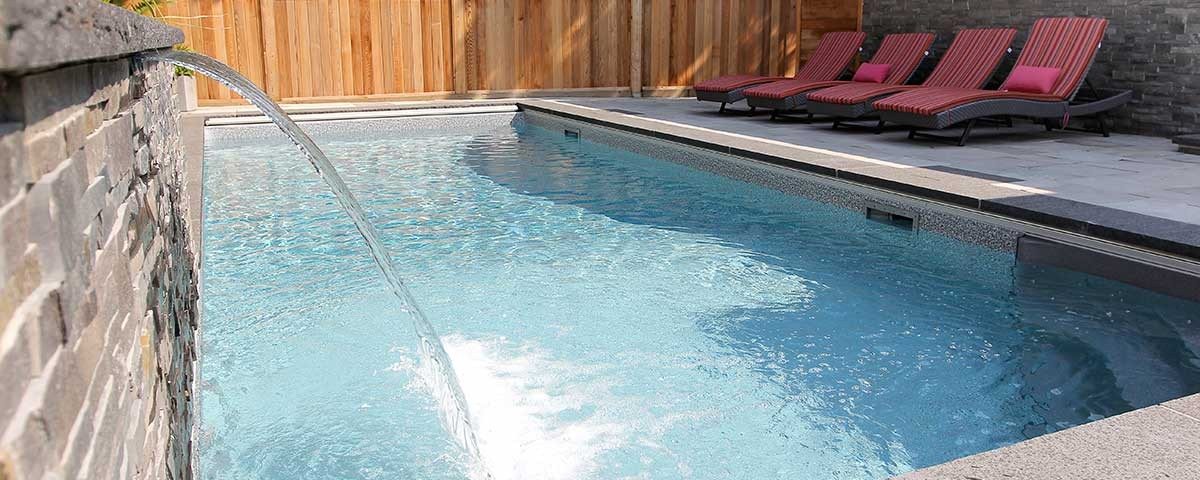Rest in the summer will not be complete without a reservoir, so many owners of private houses build water structures on their plots. Children and adults like the atmosphere of a holiday and fun, in addition, it is a way of improving health and feeling cheerful. To ensure comfort and safety during the use of the building, it must be properly equipped.
 The water collected from main water pipes contains bacteria and particles of dirt that can harm health. There are filtration systems for cleaning artificial reservoirs and hydraulic structures: bottom drains, skimmers, rotary nozzles, pumps. All these accessories should not just function, but be effective and perform the assigned task with quality. It is not always sunny and hot in our climate in the summer, so swimming in an outdoor pool may not be very comfortable in some places. The presence of a water heater will correct the situation.
The water collected from main water pipes contains bacteria and particles of dirt that can harm health. There are filtration systems for cleaning artificial reservoirs and hydraulic structures: bottom drains, skimmers, rotary nozzles, pumps. All these accessories should not just function, but be effective and perform the assigned task with quality. It is not always sunny and hot in our climate in the summer, so swimming in an outdoor pool may not be very comfortable in some places. The presence of a water heater will correct the situation.
The safety component should include not only safety itself, but also ease of use. In the evening, lighting is necessary to avoid slipping, it is advisable to cover the floor around the structure with mats, convenient handrails will ensure the convenience of entering/exiting the water. By the way, pool lighting can be installed in the building itself at the bottom. For athletes, it is additionally possible to install starting bollards, demarcation of tracks, counterflow systems. For relaxation and enjoyment, you can purchase a waterfall, hydromassage, and for comfort near the building – ozone equipment, an air dryer.
Pool accessories — types, features
There is a standard set of equipment without which the functioning of hydraulic construction is impossible. This list includes:
- pump for pumping and draining water;
- filtration system for small waste;
- chlorinator or other cleaning device for disinfection.
The type of pump will depend on the size of the structure, the volume of water. It makes no sense to buy a high-powered device to service a small capacity. Regarding filters: some users believe that home pools can do without cleaning systems. But neglecting professional maintenance will turn a clean and tidy pool into a dirty, muddy puddle in a fairly short period of time. It will not be superfluous to take care of a special tarpaulin or film, which should be used to cover the pond at night. Of course, if you don’t like to bathe with leaves or insects.
How to seal a pool
1. Locate the leak
How to seal the pool: determine the place of the leak
Frame: HomeMaster Alex / YouTube
In order to patch a leaky spot, the first step is to find it. If the hole or cut is on the wall of the pool, it will be noticeable by the water flowing out. A puncture at the bottom can be identified by the debris accumulating in its area.
In an inflatable pool, it is easy to find a leak by air bubbles if you lubricate the walls with foamed detergent or shampoo. You will have to drain the water from the frame pool and carefully inspect it for damage.
2. Clean and degrease the surface
How and how to seal the pool: clean and degrease the surface
Frame: Spoke’s Diary / YouTube
Attach the patch to the leak and circle with a marker. Clean and rub the bonding area with a fine sandpaper. After that, degrease the site and the repair flap with alcohol, benzene or other solvent.
3. Seal the hole
Seal the hole of an inflatable or frame pool
Frame: Spoke’s Diary / YouTube
Apply glue and a patch to the damaged area. Wait 5-10 minutes, and then press the patch firmly with your hands or roll it with a thick glass bottle like a rolling pin. Wait for the glue to dry according to the instructions – usually from 2 to 12 hours.

If you use a liquid patch, then simply apply it to the damaged area in a thick layer and leave for 1-2 days. In case of a cut larger than 3 cm, pre-sew the edges of the PVC with threads for a secure connection.
How to urgently repair the pool
Plug the hole in the back
When you do not want to completely drain the water, and the hole is on the edge of the bottom of the pool, you can get by with temporary repairs. To do this, take a rubber pipe from the car’s cooling system or any other thick hose, and then simply place it under the puncture site. Under the weight of the water, the pool will press tightly against the makeshift patch, and the leak will disappear.
Tape with Flex tape
Waterproof repair tape from the store on the couch will also come to the rescue if you are too lazy to drain the water from the pool. The material is not afraid of liquids and sticks even under water. For reliability, it is better to make patches larger and glue them on both sides of the pool.
